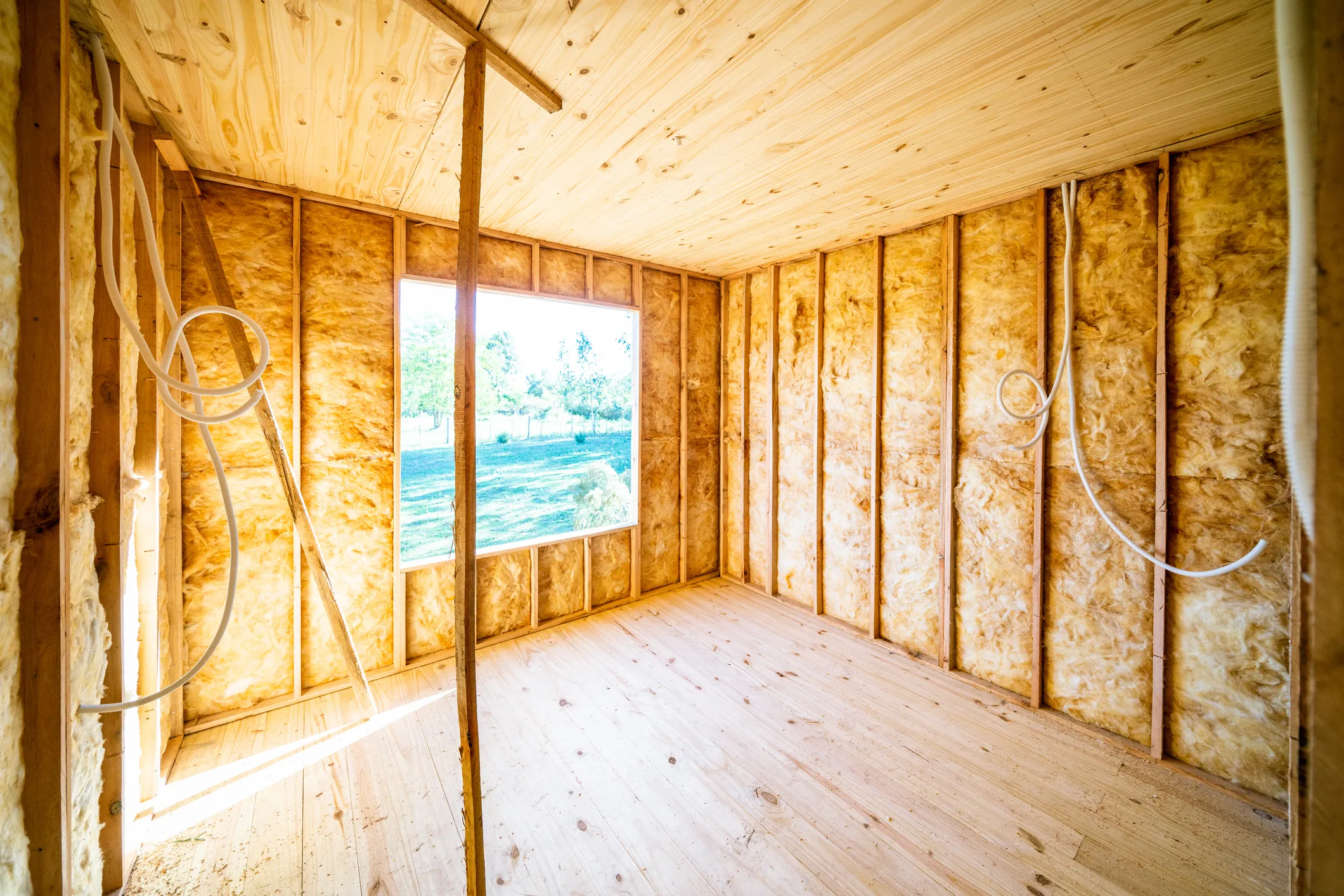Do You Need to Insulate Internal Walls?
When thinking about home renovations, the question of whether you should insulate interior walls often arises. If you’re curious if your interior walls are insulated and whether it’s beneficial to install insulation if they’re not, the information in this article can help you decide.
Are Interior Walls Typically Insulated?
Typically, the answer is no. Interior walls are commonly left uninsulated during construction because the energy efficiency benefits are less significant than those gained from insulating exterior walls, floors and ceilings. Province and local codes don’t mandate interior insulation, so usually only in interior walls if the homebuyer specifically instructs the builder to add the extra insulation. If you were not part of the building process, there’s a very good chance your home’s interior walls are not insulated.
Is Insulating a Home’s Interior Walls Worth the Expense?
You may want to insulate your interior walls for several reasons:
- Energy efficiency: Insulating interior walls helps maintain a stable temperature in all rooms in your home, increasing comfort and lessening the strain on your heating and cooling system.
- Stopping the spread of sound: When you add insulation to interior walls, you dramatically reduce the amount of sound traveling between rooms. This is particularly useful for creating a quieter and calmer atmosphere for a home office or nursery. It also helps contain the noise from a music room or home theater to avoid disrupting family members in other rooms.
- Moisture protection: Certain types of wall insulation act as a moisture barrier, combating the accumulation of dampness inside the walls of high-humidity spaces, such as kitchens, bathrooms and laundry rooms. Keeping these walls dry lowers the risk of mold, which can jeopardize indoor air quality and your home’s structural soundness.
- Fire protection: Some insulation materials are fire-resistant, providing an extra level of safety. If a fire breaks out, insulated interior walls slow the spread of flames, providing you and your family more time to escape and potentially saving your property from considerable damage.
What Kind of Insulation Is Best for Interior Walls?
The right material for your interior wall insulation project varies according to your specific needs and goals. Here are some kinds of insulation to consider:
- Loose-fill insulation is suitable for situations where walls are already up, as it can be blown into wall cavities through small openings that are easy to patch afterward. Without the need for extensive renovation, this is a way to keep the cost and construction mess to a minimum.
- Spray foam insulation expands to fill cavities, cracks and gaps, making it perfect for unusual spaces or in walls that have internal obstructions. It also offers exceptional thermal qualities and sound dampening. Spray foam is a fantastic choice if you’re building new interior walls, although it does cost more.
- Fiberglass batts are a popular, economical alternative that are easy to install in new construction or remodels where walls are open. They offer good thermal performance but require careful installation to avoid gaps.
- Mineral wool is denser than fiberglass, and as a result is a better option for fire resistance and soundproofing.
- Rigid foam board offers high insulation values in thin profiles, and therefore it is useful for new construction or extensive renovations that involve thin interior walls. But bear in mind, it can only be installed if the walls are open.
Additional Methods to Improve Home Efficiency
While insulating interior walls is beneficial in several ways, it doesn’t do much to minimize your utility bills. If efficiency is your primary objective, try these improvements to yield more significant results:
- Add attic insulation: This is the most effective spot to add insulation to an existing home. A nice, thick layer of attic insulation prevents heat from escaping in the winter and seeping in through the ceiling during the summer months.
- Close air leaks: This consists of identifying and blocking leaks around doors, windows and other openings in external walls to stop warm or cool air from escaping. Caulk, weatherstripping and expanding spray foam are the most useful tools for accomplishing the task.
- Install double-pane windows: If your home still has old, single-pane windows, contemplate opting for double-pane windows for more insulation. This is an up-front expense but helps keep your home warmer in the winter and cooler and more comfortable in the summer.
- Get a smart thermostat: Thermostats with learning capabilities can adjust your home’s temperature to match your habits and preferences, optimizing energy use and bringing down your utility bills.
- Replace old HVAC equipment: A new, energy-efficient furnace and air conditioner uses less energy to heat and cool your home than older less efficient equipment.
Bringing Comfort and Efficiency Home with A1 Chesney Service Experts
A1 Chesney Service Experts can assist with many of your home remodeling plans. If it’s related to HVAC, plumbing or electrical, our talented team can help! The certified technicians at A1 Chesney Service Experts provide speedy, quality solutions with guaranteed results. If you’re not extremely happy with our work, we vow to make it right. For inspiring solutions and expert service customized for your home’s needs, phone 403-277-1346 today to reach the team at A1 Chesney Service Experts.

